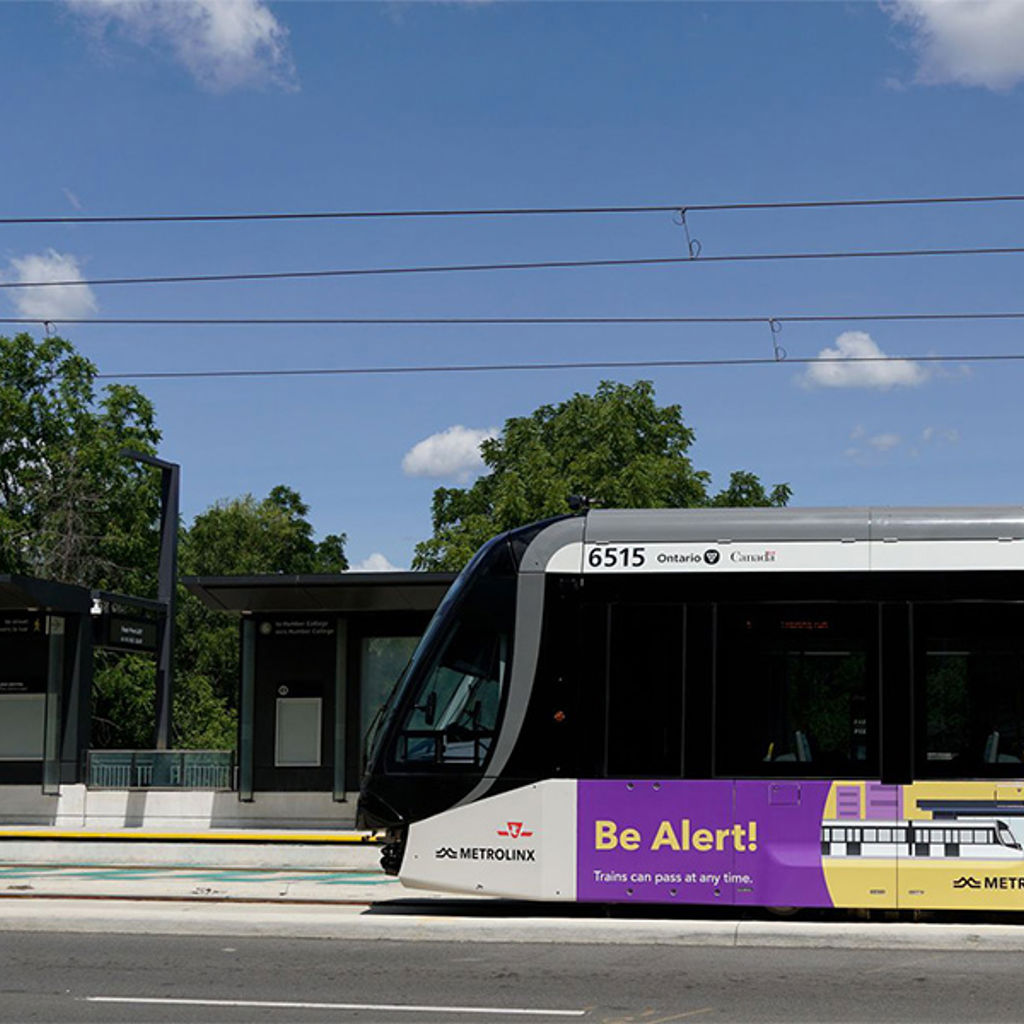New Arup-designed sidewalk sheds will transform New York City sidewalks
Arup’s three designs are better looking and offer immense flexibility for construction and maintenance projects
Last updated: 18th November 2025
Arup today unveiled three revamped designs for sidewalk sheds to be used at construction projects and buildings undergoing façade maintenance across New York City.
These new designs are a major improvement to the outdated and clunky green sheds that permeated city streets for decades. This action, a continuation of the successful “Get Sheds Down Initiative,” will improve the aesthetic on city streets while protecting the public from potential overhead hazards around buildings and construction sites.
The Arup team, with KNE studio, Reddymade, and CORE Scaffolding, have designed systems with an emphasis on safety and aesthetics. Each is highly flexible, with modular components that can be reused and adjusted based on the streetscape. Simultaneously, the designs will greatly improve pedestrian experience, offering better visibility and a sense of openness at sidewalk level.
“Scaffolding sheds serve an important role in protecting pedestrians from overhead construction, but they shouldn’t diminish the experience of walking through our city’s streets,” said Seth Wolfe, a Principal at Arup. “Our designs have fewer obstructions to overcome the tunnel-like feel of current sheds, bringing light and life back to New York City sidewalks.”
New shed designs
In February 2024, the city brought aboard leading design consulting firms Arup and Practice for Architecture and Urbanism (PAU) to help reimagine how we protect the public from hazards associated with buildings and construction sites.
“These new shed designs are leaps and bounds above what we see on sidewalks today, and coupled with scientific evidence-based reforms of the city’s façade inspection regulations, they will help us unclog pedestrian spaces for our fellow New Yorkers,” said Buildings Commissioner Jimmy Oddo. “The Get Sheds Down plan was the first time an administration fully tackled the issue of how the second order effects of sidewalk sheds are negatively impacting our city. Now thanks to the thoughtful work of our partners at Thorton Tomasetti, Arup, PAU, along with the team here at DOB, we are seeing a path forward on initiatives that will benefit the city for years to come.”
Working separately, the Arup and PAU teams were tasked with delivering a total of six new pedestrian protection designs that simultaneously improve the pedestrian experience, beautify the streetscape, and keep costs reasonable for building owners, all without sacrificing public safety. The firms were also charged with coming up with designs that use materials readily available to contractors to reduce barriers to adoption. The six innovative designs are a major improvement upon the current hunter green pipe-and-plywood sheds that are seen in neighborhoods across the city today, and which are the source of frequent public complaints.
Arup set out to address the longstanding concerns associated with traditional sidewalk sheds with creative design and engineering. Each of the three designs uses modular components and standard construction techniques, ensuring flexibility and scalability for building owners and contractors.

The Rigid Shed
A heavy duty shed for major projects, like new building construction. The design features a small footprint on the sidewalk and minimal obstruction for pedestrians.

The Air Shed
A light duty shed that is completely lifted off the ground and anchored into the building for façade repair and window replacement projects. The cantilevered design is reminiscent of a balcony, with virtually no impact on pedestrians below.

The Flex Shed
A light duty shed good for maintenance work, and emergency repairs. With easily adjusted platform heights and column placement, the design features a small footprint on the sidewalk, that can be modified to work around unique building elements, as well as sidewalk obstructions like street signs and bus stop shelters.
Arup led the design team and provided engineering services to bring to life these shed designs, which were created in collaboration with design architect Kevin Erickson of KNE studio. Also on the team are Suchi Reddy of Reddymade and Willy Pilku of Core Scaffolding Systems. Arup, KNE, and Core have been working together on redesigned sidewalk sheds for over a decade.
Going forward, DOB will be working with PAU and Arup to make all six of these designs available for public use through the agency rulemaking process. Registered design professionals will be able to obtain permits for these designs through DOB’s Professional Certification program, much in the same way that they currently obtain permits for the old hunter green pipe-and-plywood sheds. In addition, allowing every design professional and contractor the ability to utilize these new designs further drives down costs for building owners through competition. The city expects to see these new designs on city sidewalks as early as 2026.
News
Explore more Americas news
Finch West LRT officially opens, transforming Toronto transit
8th December 2025

Arup and partners announce roster of artists to create monumental commissions at John F. Kennedy International Airport
27th October 2025

Arup celebrates 40 years of innovation and impact across the Americas
23rd October 2025

Arup honored with the 2025 Leadership Award for Organizational Excellence by the U.S. Green Building Council
21st October 2025
Looking for a media contact?
Learn more about Arup
A global consultancy shaping infrastructure, buildings, energy and sustainability for the built environment.

